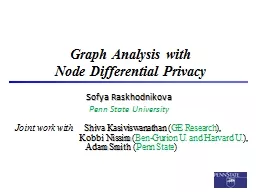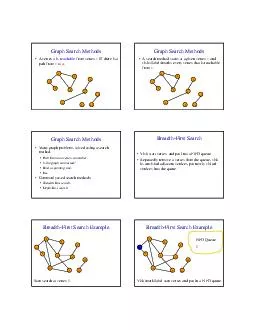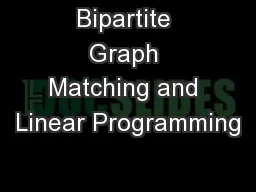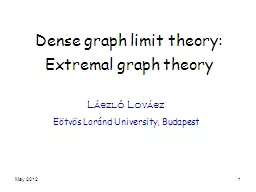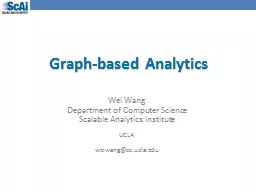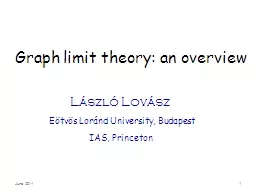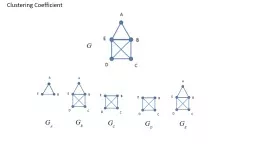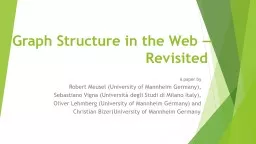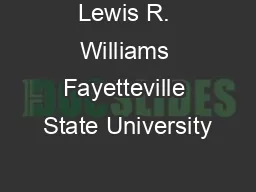PPT-1 Graph Analysis with
Author : stefany-barnette | Published Date : 2017-07-30
Node Differential Privacy Sofya Raskhodnikova Penn State University Joint work with Shiva Kasiviswanathan GE Research Kobbi Nissim BenGurion U and Harvard
Presentation Embed Code
Download Presentation
Download Presentation The PPT/PDF document "1 Graph Analysis with" is the property of its rightful owner. Permission is granted to download and print the materials on this website for personal, non-commercial use only, and to display it on your personal computer provided you do not modify the materials and that you retain all copyright notices contained in the materials. By downloading content from our website, you accept the terms of this agreement.
1 Graph Analysis with: Transcript
Download Rules Of Document
"1 Graph Analysis with"The content belongs to its owner. You may download and print it for personal use, without modification, and keep all copyright notices. By downloading, you agree to these terms.
Related Documents

